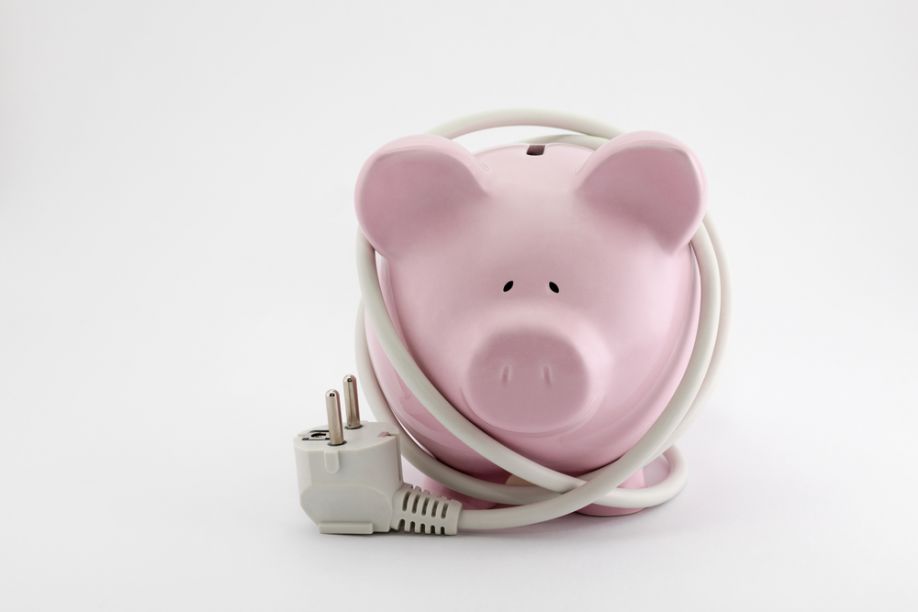What are Green Banks?

Across the globe, more and more countries are looking into the potential of green banks. There’s heavy interest in these types of financial institutions across multiple countries in addition to countries with varying income levels.
Green banks will likely play a significant role in transitioning to green energy usage. The ultimate goal is to lower and essentially eliminate carbon emissions from the atmosphere.
Investments are growing in both renewable energy and energy efficiency, and it’s only a matter of time until more green banks crop up around the world. Now is the best time for green banks to come into play if more countries are dedicated to fighting climate change and transitioning to green economies.
Continue reading for more information about green banks, how they work and what purpose they serve.
Green Banks 101
In simple words, green banks are state-funded entities that provide financial and technical assistance to energy-efficient projects to earn a profit. States and cities within the U.S., such as New York and Connecticut, have green banks already established.
In one case, the Connecticut Green Bank lent almost $37 million in 2020 and received $275.5 million in private investment. The ultimate goal of any green bank is to use public funds to fuel private investments that will pay for projects with sustainability as a focus.
Through Connecticut’s Green Bank effort, 81.6 MW of renewable energy was installed. It was also made possible that low-income and medium-income households, in addition to communities of color, could add solar installations to their homes. Without Connecticut’s Green Bank, these areas may have lacked the funding to achieve solar parity based on income and race.
To reach climate change mitigation goals, it’ll be necessary to leverage green banks. However, there’s some debate over what the best path forward is. If a federal green bank is established, it may not be able to finance its projects, similar to how state green banks can only lend to other projects.
How Green Banks Work
Not all green banks are funded the same way, and they don’t operate like traditional banks. For example, there’s no way to deposit money into checking or savings accounts.
Because the financial sector often has to find new ways to mitigate future cybersecurity risks, green banks may become a potential target, too. Green banks may be vulnerable to security issues, just like any other financial institution.
However, they make loans, give credit enhancements, and use other financial policies to emphasize the importance of using private investments for green projects. Without the presence of green banks, it may prove to be more challenging to get environmentally-focused projects up and running.
Often, green banks have been used to encourage private investment in underserved industries or provide products that they have yet to serve. This comes when many countries are trying to transition to more renewable energy sources, which is certainly an industry that requires ample funding.
Will Green Banks Work in the Fight Against Climate Change?
It’s important to note that green banks have worked in the past. For example, before federal funding for housing during the Great Depression, borrowers would have to take out mortgages they couldn’t afford easily. When national mortgage insurance and Fannie Mae kicked in, it became easier for people to access affordable housing. However, the Black community or other families of color still struggled during this time.
Now, governments worldwide are using green banks to provide funding for energy efficiency projects and other types of initiatives to help the environment.
The ongoing COVID-19 pandemic crippled the world economy and had people thinking about what truly matters in life. For example, many people are quitting their jobs or switching careers during this time, which is now a time being coined as “The Great Resignation.”
While the pandemic continues to impact communities worldwide, some believe that green banks will be a saving grace when fighting climate change. The window to combat climate change is growing smaller daily, so time is of the essence. It’ll be fascinating to see how green banks play a role in the transition to green energy.
Using Green Banks to Further Renewable Energy Goals
The overall goal of green banks is to fund sustainable development projects that can move the world closer to being carbon neutral or carbon negative. Scaling up clean energy investments is something many countries need to prioritize if the goal is to reduce carbon emissions and create a sustainable environment.
Comments (0)
This post does not have any comments. Be the first to leave a comment below.
Featured Product

